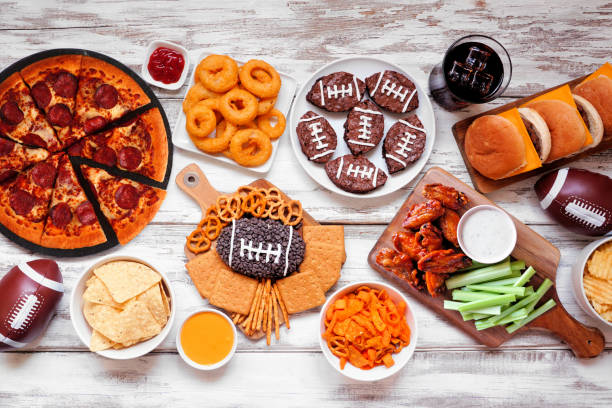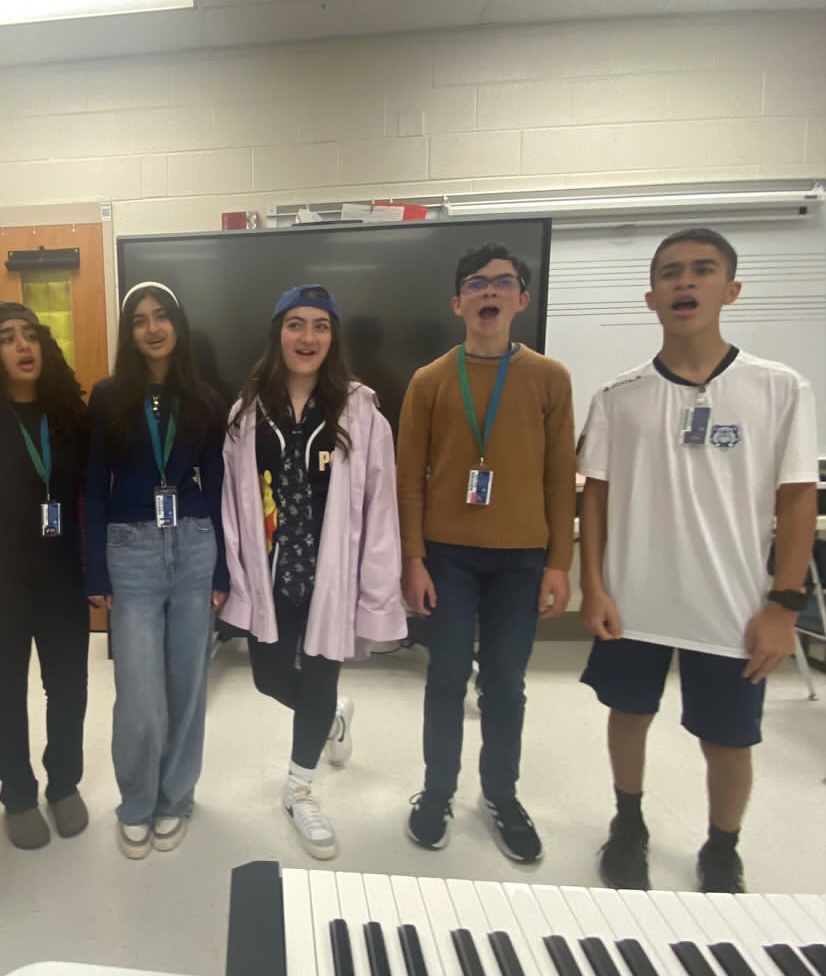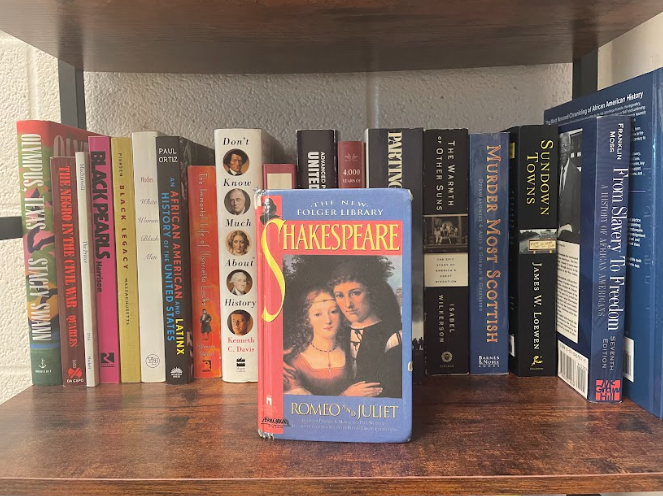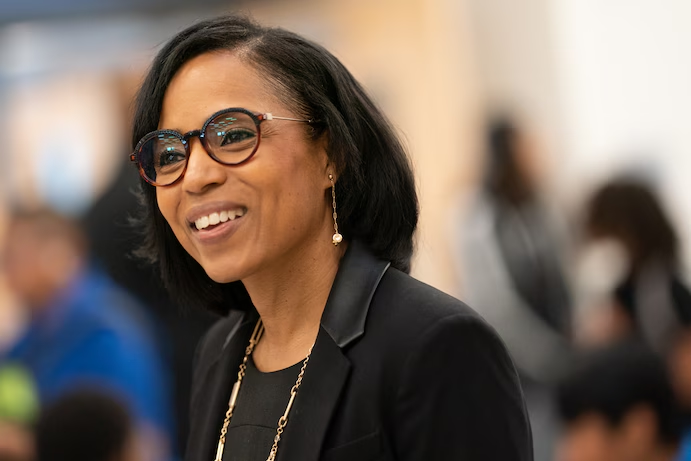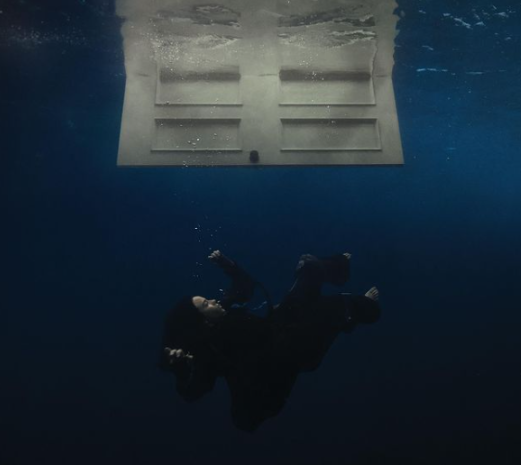A girl is glued to a television screen, immersing herself into a world not much different from her own, give or take a few serious concepts. The character she watches on the show delves into the fast-paced world of drug dealing to cope with the pain of her unrequited love. These female consumers of mainstream culture live in a skewed world of supposed role models who have gravely altered the scope of reality.
In today’s society, young women depicted on television and in books glorify inappropriate behavior and generate a misguided sense of reality. The girls on screen and in print appear to stand as role models for the girls in the real world, emitting a forceful influence on almost everyone in their path.
In some popular television shows, girls no older than 16 or 17 throw back alcoholic drinks at high society galas as if they are drinking sodas and strut down their school hallways in stilettos. Shows like the CW’s 90210 and Gossip Girl serve as prime examples of how the perception of young women in society is skewed. There is a dangerously thin line between what passes as mere entertainment and when the life seen every Monday at 8 p.m. becomes an unhealthy craving. Not every girl has a make-up artist on speed dial to fix an unprecedented imperfection or mishap nor should they.
According to a Nov. 22 Yahoo! Article, Disney productions recently announced that movies involving a princess of any kind will not be made for quite some time because of the dwindling market value of the wholesome princess. This is directly correlated to the ever-growing desire for young girls to act more mature than their age. Girls turn to idols such as Miley Cyrus and Gossip Girl’s Serena Van der Woodsen instead of the once wholesome figures of Mulan and Pocahontas. The decline of positive role models leads young girls to abandon the quintessential innocence of childhood and prematurely emerge into a fast-paced world far too mature for their own good.
Even in novels, reality is doctored to an unhealthy level. The few books that contain an ounce of realism hide behind the glossy covers depicting risqué behavior. Books with vampirism, for instance, spin a web of similar plotlines that contain similarly needy females in love with similarly tragic and misunderstood bad boys.
Teen novels also appeal to teenagers population through justifying scandalously inappropriate and immoral behavior. Lisi Harrison’s popular Clique is targeted towards girls no older than 13, and the themes that transcend the series are frightening: girls who treat others harshly and refer to money as a crutch are successful, and being popular is life’s most prized quality.
The average female teenager’s perception of reality is distorted, and an intervention is needed more than ever. Shows and books should freely incorporate immoral themes to make engaging plotlines, but these situations should be treated tastefully, and the characters should learn from their mistakes to promote morality among readers.
In the grand scheme of it all, young women face a dilemma. The line between the life they live and the life of the characters they love is continually blurring an already gray area. As girls grow up, it’s only natural that their curiosity in the real world grows; the key to satisfying the desires of the literary and media worlds and those of the teenage population is balance.
Categories:
No female heroes to be found in modern media
December 22, 2010
Story continues below advertisement
0
More to Discover


